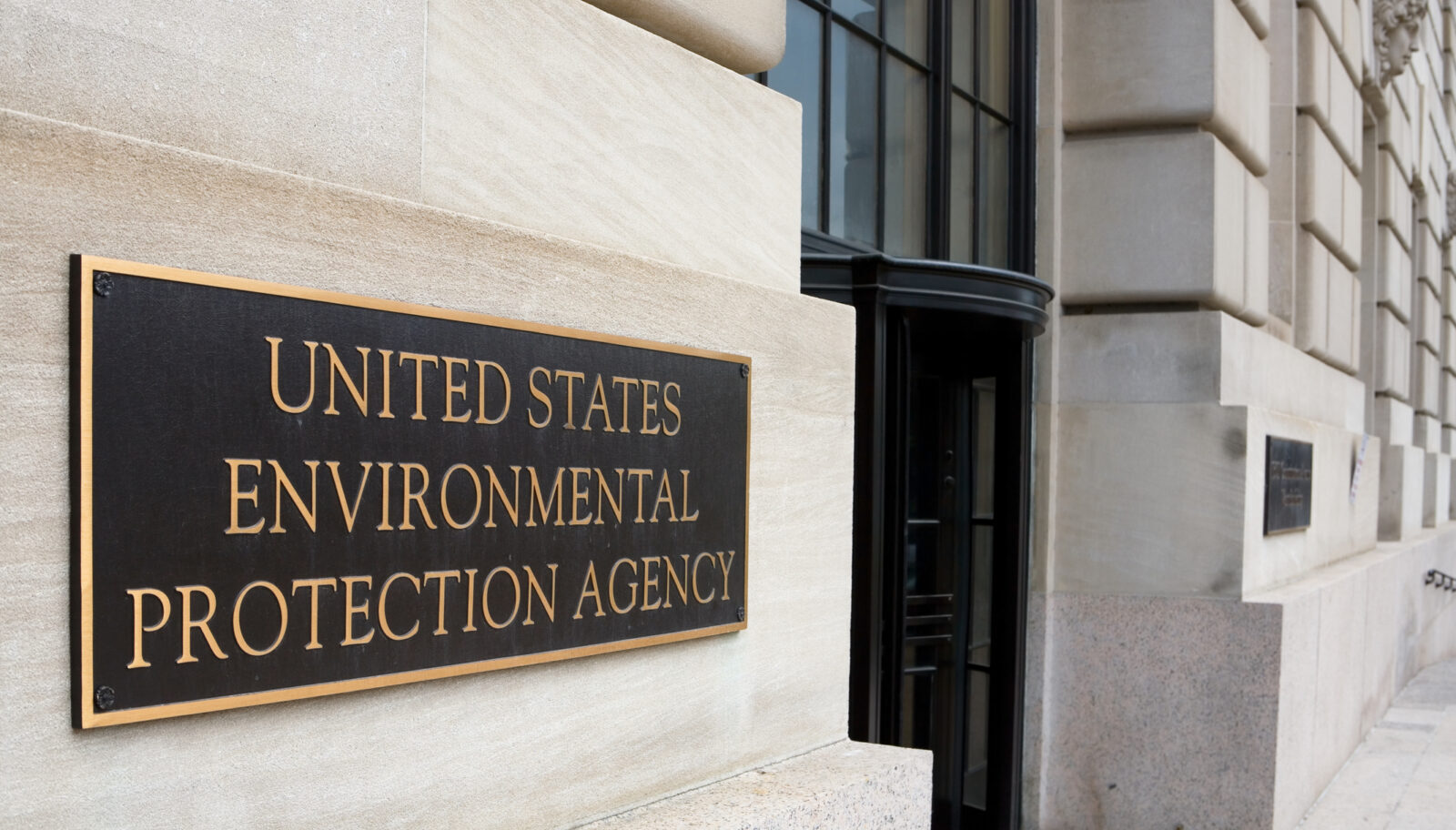NAM Pushes Back on Harmful New Air Regulations

Manufacturers have long led the way in efforts to reduce air pollution and improve air quality. Yet, new proposed regulations from the federal government will work against these efforts instead of bolstering them, stymying critical progress and destabilizing economic growth at a time when both are more important than ever.
The challenge: The Environmental Protection Agency is considering a new rule that would impose stricter air standards on particulate matter known as PM2.5 (i.e., particles that measure two and a half micrometers or less in diameter). This rule would enact significant top-down restrictions, forcing manufacturers to change their operations abruptly and without any support.
The reality: For years, manufacturers across all sectors have been developing smart, innovative ways to use energy, water and other resources more sustainably—all while boosting economic growth and creating good jobs at the same time.
- Today, manufacturing in the U.S. is cleaner and greener than at any other time in history, largely due to a revolution in how manufacturers produce, use and recycle energy and resources.
- Across the board, levels of major pollutants have declined dramatically over the past few decades. Thanks to existing regulations and a culture of innovation, the U.S. is far outpacing global competitors in environmental stewardship.
By the numbers: According to the EPA, the U.S. reduced six common pollutants covered by National Ambient Air Quality Standards, including PM2.5, by 78% between 1970 and 2020. In fact, PM2.5 levels alone have dropped a full 44% since 2000.
The impact: These new regulations could be devastating for manufacturers and for the climate. Here are just a few of the negative repercussions:
- An additional regulatory burden on businesses will drain resources from innovative manufacturers, posing additional hurdles to the investment in research and development that fuels progress in energy efficiency and climate action.
- Making permitting harder could also jeopardize new clean energy projects that America needs to address climate change.
- The standards will hinder onshoring, resulting in continued manufacturing abroad—which is less clean than manufacturing in the U.S. The EPA’s proposal undercuts U.S. competitiveness and will not further the goal of global emissions reduction.
- New regulations could damage an already-slowing economy, increasing costs and constraining job growth at a time when Americans are grappling with record inflation.
Our view: Rather than imposing new and unnecessary obligations on manufacturers, the federal government should focus on enforcing the strong regulations that are already in place and give manufacturers the space to find better solutions.
- “The EPA’s announcement . . . [about reconsidering] the PM 2.5 standard will only further weaken an already slowing economy,” said NAM President and CEO Jay Timmons. “Let manufacturers do what they do best: innovate and deploy modern technologies to protect the environment, while creating jobs and strengthening the economy.”
NAM in action: The NAM is rallying manufacturers to speak out against the EPA’s proposal and calling on Congress to oppose these harmful regulations.
- Manufacturers can show their support by sending an email to decision makers in Washington, explaining the real impact of this damaging proposal and urging them to stand up against unnecessary regulations.
Join in: There is an EPA hearing to discuss the proposal on Feb. 21. To participate, be sure to sign up soon—the registration deadline is Feb. 16.
